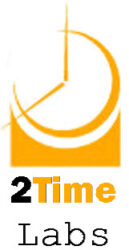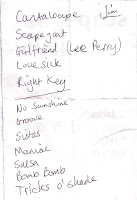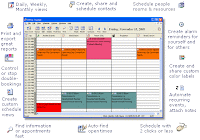
Definition
In the book titled “Flow” by Mihaly Csikszentmihalyi, the author talks about the optimal psychological state – one in which a person gets lost in the activity at hand. They get lost in time, and experience a kind of empty silence as they focus all their attention on the task at hand. Their creativity and productivity are as high as they can get.
Then the phone rings, someone answers it and someone wants to sell them stocks. They brush off the call, but not quickly enough. Their state of flow is gone.
They buckle down again, and 30 minutes later they are back in the flow state. They are once again focused, and time whizzes by.
That is, until they get a note from their spouse via their secretary that screams at them because they forgot to pick up their child, who is now languishing at the day care facility, and all of a sudden they are over two hours late.
While the state of flow is the best possible one to be in, it is potentially a dangerous one, because one’s full range of awareness is intentionally limited to complete the task at hand.
To effectively manage time, a user needs methods for both entering and interrupting the flow state. Continue reading “Component/Fundamental #8 – Interrupting v2”
 No user’s system is perfect, and all systems are liable to fall apart at the seams when pressure hits and certain practices (like Reviewing) fall by the wayside.
No user’s system is perfect, and all systems are liable to fall apart at the seams when pressure hits and certain practices (like Reviewing) fall by the wayside.

 One of the most important tasks that a user of any time management system must perform is to switch from one task to another. While this may seem like a simple action, the more capable users include practices that are unique.
One of the most important tasks that a user of any time management system must perform is to switch from one task to another. While this may seem like a simple action, the more capable users include practices that are unique.

 A critical part of any time management system is the activity of Listing.
A critical part of any time management system is the activity of Listing.
 Scheduling is one of the major activities that take place in any time management system.
Scheduling is one of the major activities that take place in any time management system.
 Often, critical information enters a capture point that needs to be stored for later use. It may come as part of a time demand, such as a note placed on our desk that says “Call Suzie tomorrow at 555-1616.” This particular note has both a time demand plus a critical piece of information.
Often, critical information enters a capture point that needs to be stored for later use. It may come as part of a time demand, such as a note placed on our desk that says “Call Suzie tomorrow at 555-1616.” This particular note has both a time demand plus a critical piece of information. During the act of
During the act of